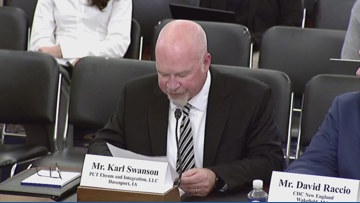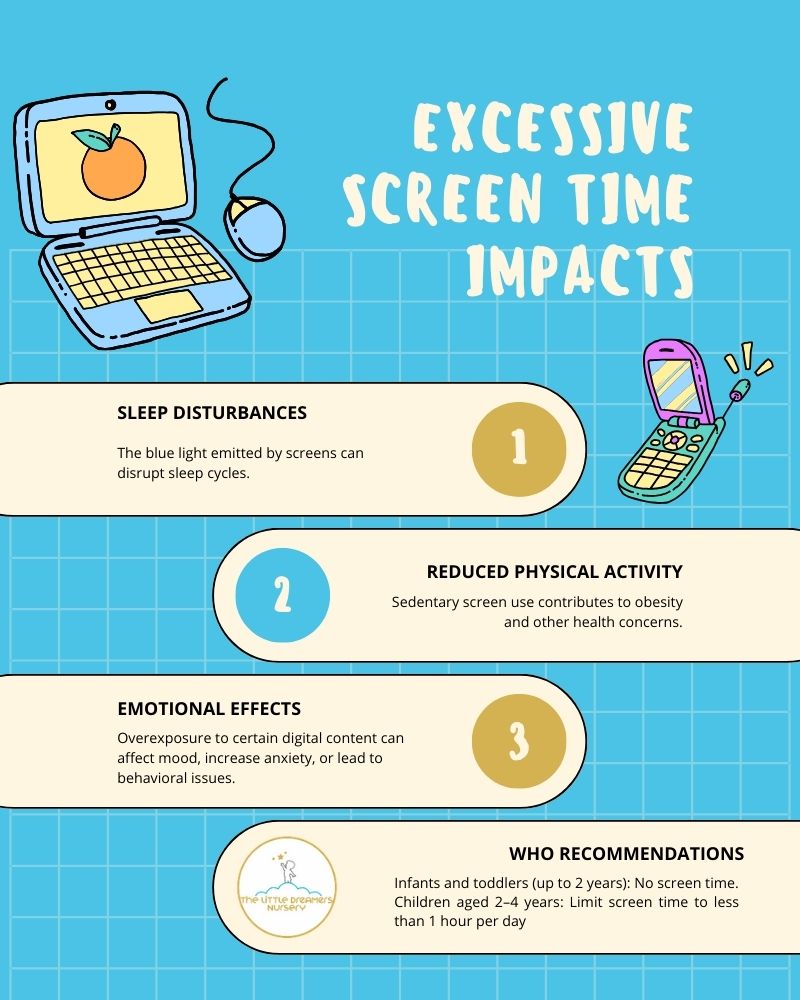Report on Pennsylvania Education Funding and Sustainable Development Goals
Introduction
Governor Josh Shapiro has proposed a $526 million allocation in the 2025-2026 budget aimed at addressing the chronic underfunding of Pennsylvania’s most disadvantaged school districts. This initiative represents a critical step toward rectifying decades of neglect and aligns with the United Nations Sustainable Development Goal (SDG) 4: Quality Education, which emphasizes inclusive and equitable quality education and promotes lifelong learning opportunities for all.
Background and Legal Context
- In 2023, the Commonwealth Court ruled Pennsylvania’s education funding formula unconstitutional due to significant disparities.
- The Basic Education Commission estimated the underfunding gap at $4.5 billion.
- The governor’s 2024-2025 budget included $1.1 billion for public education, with $494 million specifically directed to 300 school districts most in need, addressing the adequacy funding gap.
Stakeholder Perspectives
- Education Law Center: Deborah Gordon Klehr, Executive Director, described the budget as a foundational step, covering approximately 11% of the state’s share needed to provide adequate education, supporting SDG 10: Reduced Inequalities.
- Republican Legislators: Advocated for increased transparency in education spending through House Bill 1448, proposing a Financial Transparency Data and Reporting System to monitor fund allocation and effectiveness.
- Governor’s Office: Emphasizes bipartisan cooperation to deliver a budget that benefits families statewide, focusing on education funding as a priority.
Budget Timeline and Progress
The fiscal year deadline for the new budget is June 30, with negotiations potentially extending into July. The governor’s office reports measurable progress in educational outcomes, including improved test scores and reduced truancy, reflecting SDG 4 targets.
Key Budget Provisions
- $75 million increase in basic education spending.
- $40 million increase in special education funding, supporting SDG 10 by addressing needs of vulnerable populations.
- Cyber charter school reform introducing a statewide base tuition rate of $8,000 per year, expected to save approximately $378 million.
Advocacy and Impact on School Districts
- The Philadelphia Federation of Teachers, along with district officials, advocated for the budget at the state capitol. The Philadelphia School District anticipates an additional $202 million compared to the previous year.
- In the prior fiscal year, Philadelphia received $136.7 million in adequacy funding, enabling retention of critical staff such as teachers and counselors.
- Bensalem Township School District in Bucks County utilized $1.43 million to establish a full-day kindergarten program, covering salaries and benefits, and allocated $322,000 to offset charter school costs.
- The Muhlenberg School in Berks County received $2 million, with $407,000 dedicated to core math curriculum and elementary staff salaries.
Challenges and Future Considerations
- Budget increases have enabled districts to enhance educational services, such as hiring specialists and expanding arts education, contributing to SDG 4’s goal of inclusive quality education.
- Federal funding threats for special education, poverty-impacted students, and multilingual learners pose risks to sustaining progress, underscoring the importance of continued investment and policy support.
- Failure to secure adequate funding could have devastating short- and long-term effects on educational equity and quality.
Conclusion
Governor Shapiro’s proposed budget marks a significant advancement toward fulfilling Pennsylvania’s obligation to provide equitable education funding, directly supporting SDG 4 and SDG 10. Continued bipartisan collaboration, transparency in spending, and advocacy remain essential to ensure that all students, particularly those in disadvantaged districts, receive the resources necessary for success.
1. Sustainable Development Goals (SDGs) Addressed or Connected to the Issues Highlighted in the Article
-
SDG 4: Quality Education
- The article focuses on addressing chronic underfunding in Pennsylvania’s disadvantaged school districts, aiming to provide adequate education funding and improve educational outcomes.
- It discusses budget allocations for basic education, special education, and initiatives like full-day kindergarten programs.
-
SDG 10: Reduced Inequalities
- The funding targets the most disadvantaged school districts, addressing disparities in education funding and resources.
- Efforts to support students living in poverty and multilingual students are mentioned, highlighting a focus on reducing inequalities.
-
SDG 16: Peace, Justice, and Strong Institutions
- The article references a court ruling declaring the education funding formula unconstitutional, prompting government action.
- It also mentions legislative efforts to increase transparency in education spending, promoting accountability and good governance.
2. Specific Targets Under Those SDGs Identified Based on the Article’s Content
-
Under SDG 4: Quality Education
- Target 4.1: Ensure that all girls and boys complete free, equitable and quality primary and secondary education leading to relevant and effective learning outcomes.
- Target 4.5: Eliminate gender disparities and ensure equal access to all levels of education and vocational training for vulnerable populations, including disadvantaged districts.
- Target 4.a: Build and upgrade education facilities that are child, disability and gender sensitive and provide safe, non-violent, inclusive and effective learning environments.
-
Under SDG 10: Reduced Inequalities
- Target 10.2: Empower and promote the social, economic and political inclusion of all, irrespective of age, sex, disability, race, ethnicity, origin, religion or economic or other status.
-
Under SDG 16: Peace, Justice, and Strong Institutions
- Target 16.6: Develop effective, accountable and transparent institutions at all levels.
- Target 16.7: Ensure responsive, inclusive, participatory and representative decision-making at all levels.
3. Indicators Mentioned or Implied in the Article to Measure Progress Towards the Identified Targets
-
Indicators Related to SDG 4 (Quality Education)
- Increase in education funding amounts (e.g., $526 million proposed, $1.1 billion in previous budget, $75 million increase in basic education, $40 million increase in special education).
- Number of school districts receiving adequacy funding (300 districts targeted).
- Educational outcomes such as test scores and grades going up, truancy rates going down.
- Retention of teaching and support staff positions funded by adequacy dollars.
- Implementation of programs like full-day kindergarten and core curriculum improvements.
-
Indicators Related to SDG 10 (Reduced Inequalities)
- Allocation of funds specifically to disadvantaged districts and vulnerable student groups (special education, students living in poverty, multilingual learners).
- Survey data on how funds are used to support vulnerable populations.
-
Indicators Related to SDG 16 (Peace, Justice, and Strong Institutions)
- Legislative measures such as House Bill 1448 to create a Financial Transparency Data and Reporting System for education spending.
- Tracking and reporting mechanisms for education budget transparency and accountability.
4. Table of SDGs, Targets, and Indicators
| SDGs | Targets | Indicators |
|---|---|---|
| SDG 4: Quality Education |
|
|
| SDG 10: Reduced Inequalities |
|
|
| SDG 16: Peace, Justice, and Strong Institutions |
|
|
Source: whyy.org







